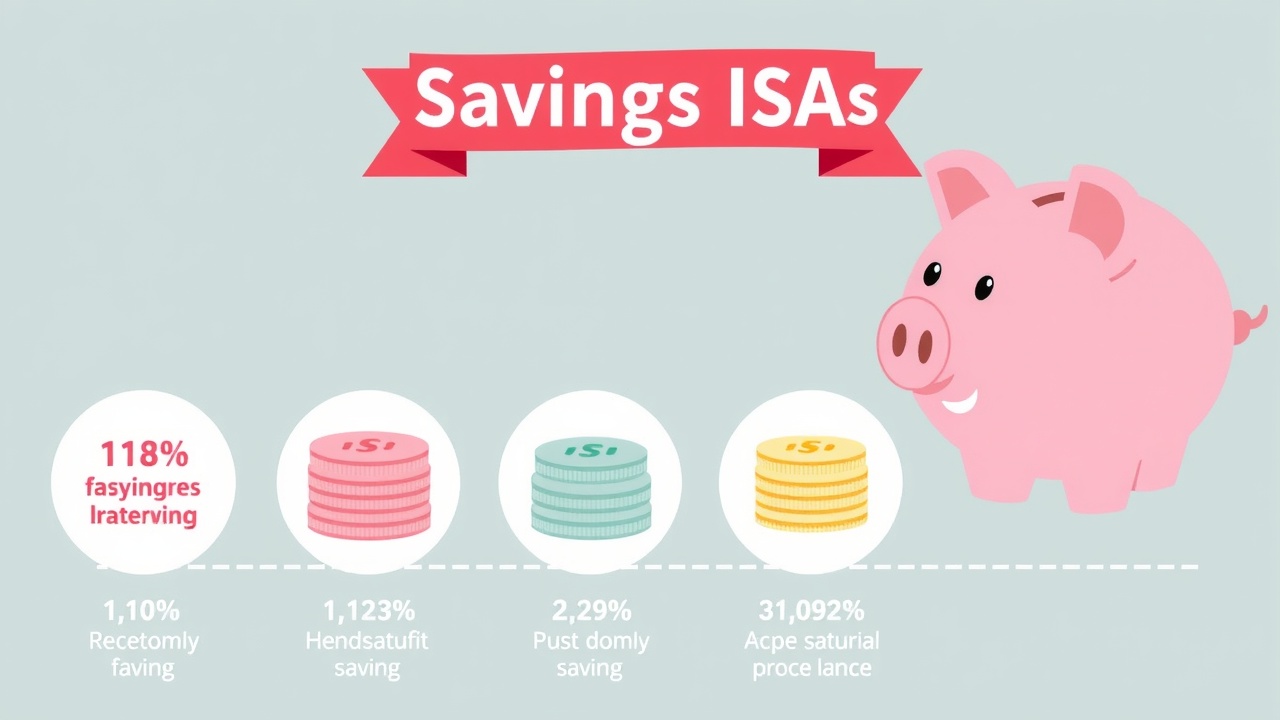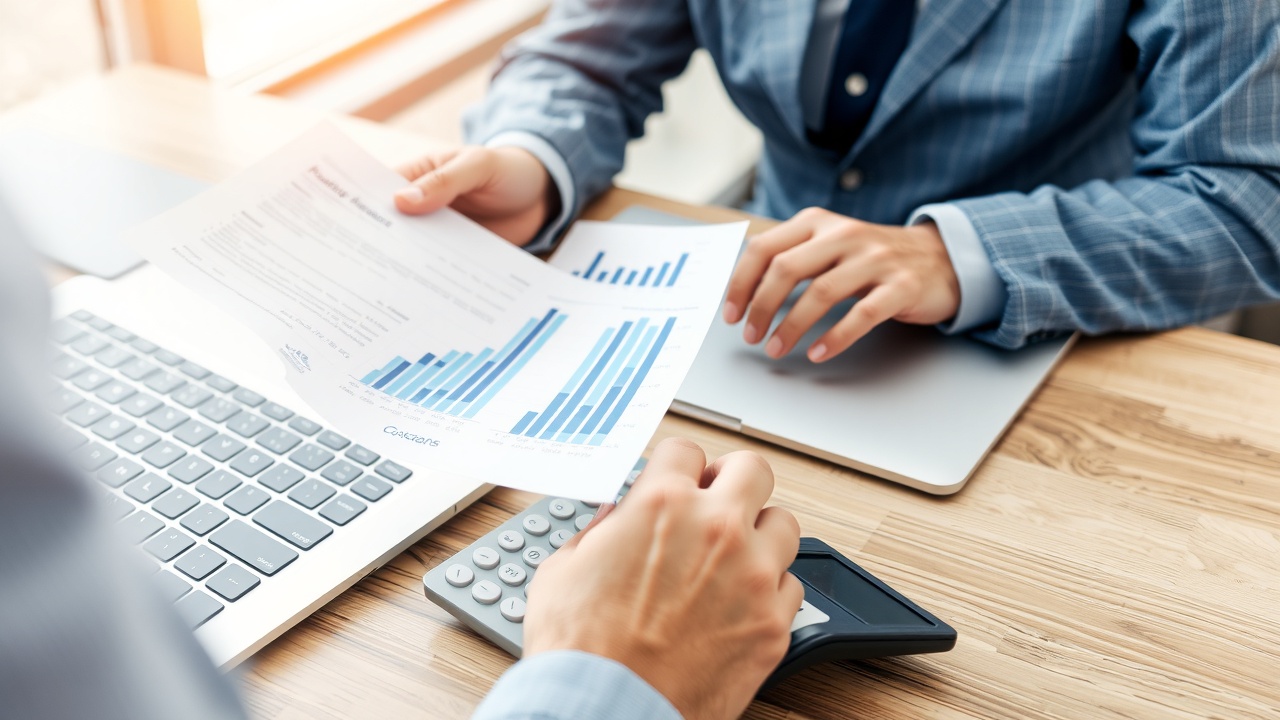
To protect your returns from the taxman, a bed and ISA is a great way to move your investments out of an ISA into stocks and shares
Before the tax year ends, we examine how to use it.
As the tax year draws to a close, investors are increasingly using Bed and ISA to avail themselves of their remaining tax-free allowances.
Using a Bed and ISA transaction, you can sell the investments in your general investment account and then repurchase them in an ISA.
Using a Bed and ISA can help you reduce your capital gains tax liability and safeguard your dividends if you have any remaining 2024 - 2025 ISA funds that need to be spent.
Due to frozen income tax bands and reduced yearly allowances for dividends and capital gains, tax bills have been increasing over time. Both the dividend allowance and the capital gains tax (CGT) allowance have gradually decreased, going from 2,000 to 500 and 12,300 to 3,000, respectively.
Together, these factors have encouraged investors to explore additional options for reducing their tax obligations.
In the midst of rumors that the 30 October Budget would increase CGT, investment platform Interactive Investor recorded its busiest summer and Q3 ever for Bed and ISA transactions.
Additionally, AJ Bell noted a 91 percent increase in September 2024 compared to September 2023 in the rush to take advantage of Bed and ISA.
How to use Bed and ISA to lower your tax liability.
Savings with an ISA is tax-efficient, and each adult has a yearly reset tax-free allowance of £20,000. No matter how much money you make, returns made in an ISA are exempt from capital gains tax. Additionally, dividends from investments held in an ISA are tax-free.
What about your investments that aren't covered by this tax wrapper?
In some years, you may spend all of your ISA funds and still have some money left over to invest in a standard stock and share account. You must file a self-assessment tax return to disclose any money you owe HMRC if these investments result in any income or capital gains.
For investment gains, basic-rate taxpayers pay 10% CGT, and for gains from the sale of additional residential properties, they pay 18%. Taxpayers with higher and additional rates, meanwhile, pay 20% for investments and 24% for real estate. Although some profits are tax-free due to the CGT allowance, as was previously mentioned, this has drastically decreased in recent years, going from 12,300 to just 3,000.
Dividends are taxed at 8 percent for basic-rate taxpayers, 33 percent for higher-rate taxpayers, and 39 percent for additional-rate taxpayers. The dividend allowance was cut in half in April 2023 and April 2024, and is currently only 500.
As this demonstrates, if your investments are increasing in value and generating a respectable income from dividends, assets held outside of an ISA can quickly accumulate a sizable tax bill.
In 2024 - 2025, CGT is expected to generate 15 points 7 billion, an 8 points 1 percent increase over the previous tax year.
If your 20,000 allowance hasn't been spent on new investments in a year, a Bed and ISA transfer can help you keep more of your money. We investigate further.
What is the operation of Bed and ISA?
The way a Bed and ISA strategy operates is by selling your current investments and then buying them back inside an ISA. After selling your investment on the open market, your provider will transfer the funds into a tax-efficient wrapper.
Importantly, you can remain within your annual CGT allowance by selling your current assets and realizing gains of up to £3,000. According to Sarah Coles, head of personal finance at Hargreaves Lansdown, "that way you can use your CGT allowance to realise gains, and simultaneously protect this slice of investment from CGT for good."
Would you like to utilize Bed & ISA?
What is meant by Bed and ISA?
"Bed and Breakfast is a trick that investors could use until 1998 to sell assets, crystallize the gain for CGT purposes, and then immediately buy the same assets back," Coles continues. "This is the reason for the ridiculous name."
"The regulations were modified to require a 30-day wait period before reinvesting or making another investment. Selling up outside of an ISA and then buying back right away inside the tax wrapper is still an exception to this rule, though.
It is only an option if you have some of your yearly 20,000 ISA allowance left over, and not all trading platforms provide a "Bed and ISA" service.
Additionally, when you sell your initial investments, you must report any capital gains exceeding 3,000 to HMRC and pay the applicable tax.
Lastly, it is crucial to remember that a "Bed and ISA" transaction entails certain expenses. Although there is usually no fee associated with the asset's initial sale, there will be one when the investments are repurchased.
If the sale price and the repurchase price are different, you might also lose a little money and have to pay stamp duty, which is 0.5 percent of the transaction value.
How much time does it take to get a Bed and ISA?
Even though you can set up the transaction with a single button click or screen tap, the time it takes to complete everything depends on the investment platform and the length of time it takes to sell and buy back assets. Although the process can be completed much more quickly, it may take up to ten working days.
The sale and repurchase of funds can take several days, but shares are typically sold and repurchased at the same time. You run the risk of your investments suffering if you take a period of time out of the market.
The tax benefits of keeping investments in a SA, however, might still exceed any losses and expenses.
Are capital gains taxes (CGT) triggered by Bed and ISA cases?
You must sell your holdings and repurchase them within an ISA in order to finish this transaction. A CGT bill would be generated if you realized gains exceeding £3,000. In the long run, though, it might still be worthwhile if you intend to hold.
You can also stay within your annual CGT allowance and avoid paying any CGT if you sell your current assets and realize gains of less than £3,000 in a single tax year, as long as you haven't used this allowance at any other point during the same tax year.
Should a "Bed and ISA" transaction be conducted?
It might be worthwhile to think about a Bed and ISA transaction if you have any remaining ISA allowance in order to lower your future tax liability.
It indicates that future gains are exempt from this tax, even if you may have a CGT bill to pay first.
According to Myron Jobson, senior personal finance analyst at Interactive Investor, "transferring current investments into a tax-efficient wrapper like an ISA can pay which, over time, is likely to outweigh any charges that might apply."
The investments that pay the highest dividends could be given priority if you have too many to move all of them in a single tax year.
As the year goes on, you are likely to earn more income (and hopefully more capital gains), so taking action early in the tax year could lower your total bill.
You could ask a financial advisor for help determining the best course of action if you're not sure if it's worth it. Unbiased.com can help you locate one in your area.
See our analysis of "Early bird vs. last-minute ISA investing" to learn why early bird investors typically outperform their late-night counterparts.














Leave a comment on: Who should do it and what is Bed and ISA?